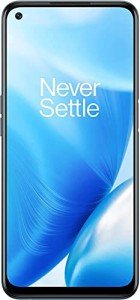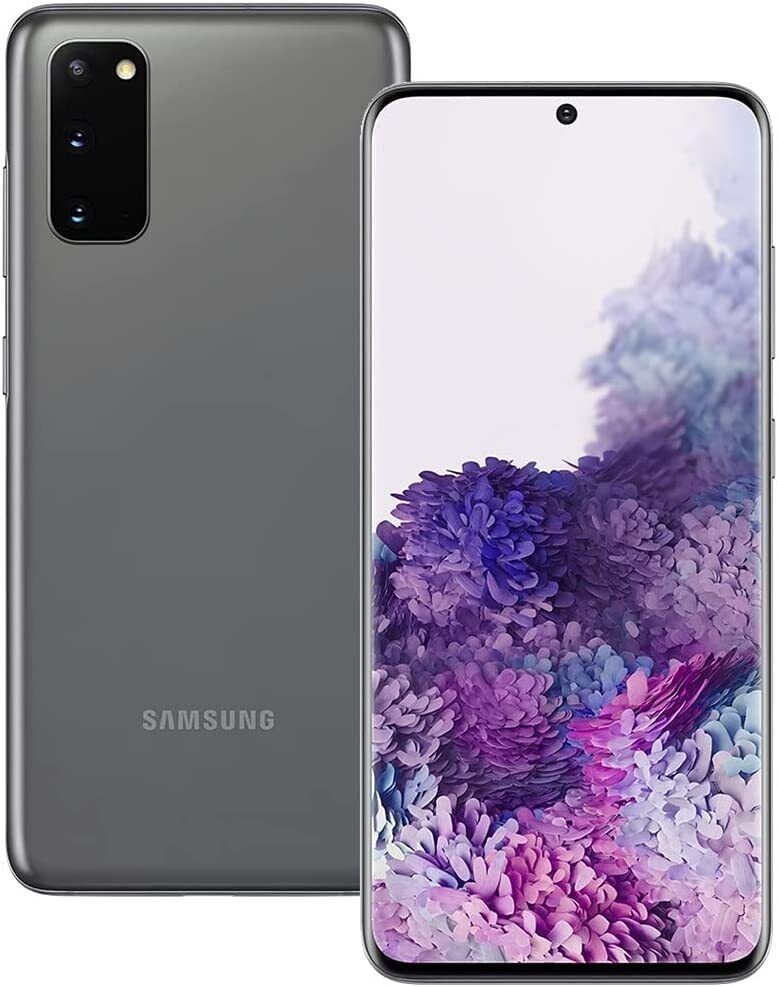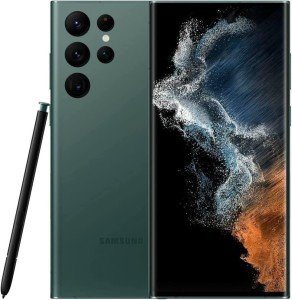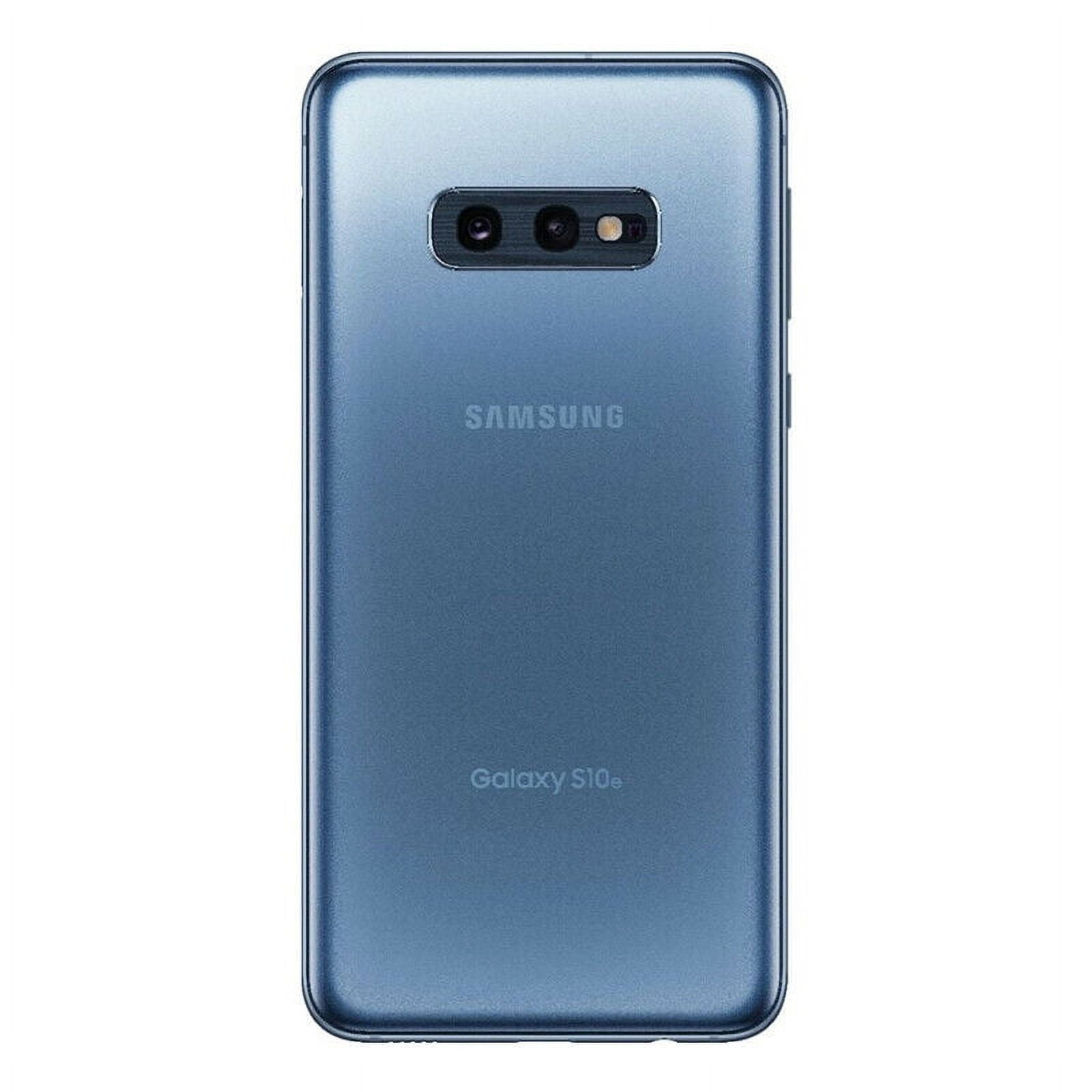Smartphone operating systems are the brains behind your phone. They manage how you interact with your device, run apps, and handle all the tasks you need to get done. Think of it like the operating system on your computer, just scaled down and designed for touch screens and mobile use.
The most popular smartphone operating systems today are Android and iOS. Android, developed by Google, is known for its flexibility. You can customize just about everything, from your home screen to the apps you use. On the other hand, iOS, created by Apple, offers a more streamlined experience. It’s all about simplicity and security, making it a great choice for those who want their phone to just work without a lot of fuss.
Smartphone operating systems also dictate what apps you can download and use. Both Android and iOS have their own app stores. The Google Play Store has millions of apps, while the Apple App Store is famous for its quality and selection. If you’re into gaming, social media, or productivity tools, you’ll find plenty of choices on both platforms.
Keep in mind that updates matter too. Smartphone operating systems regularly get new features and security patches. Android updates can vary between different phone manufacturers, while iOS tends to be more uniform. Staying up to date with these updates can enhance your phone’s performance and ensure you're protected against the latest security threats.
Popular Smartphone Operating Systems Compared
When it comes to smartphone operating systems, two main players always come to mind: Android and iOS. Each has its strengths and caters to different types of users. Android is all about customization and versatility. You can tweak just about everything, from the home screen layout to the app settings. It’s perfect if you love to personalize your device and explore a variety of apps across different manufacturers.
On the other hand, iOS offers a smooth and cohesive experience. If you value simplicity and reliability, Apple's operating system may suit you better. It’s super user-friendly, which makes it ideal for anyone who wants to dive into smartphone tech without a steep learning curve. Plus, the integration with other Apple products means everything just works seamlessly together.
Then there are other players like Windows Phone and KaiOS, which might not be as popular but still have their niches. Windows Phone had a unique aesthetic and integration with Microsoft services, but it struggled in the app department. KaiOS is lightweight and designed for basic smartphones, making it a hit in markets where affordability is key.
Ultimately, choosing between Smartphone Operating Systems boils down to what you want from your device. Whether you're after flexibility, a polished experience, or even a budget-friendly option, there's a system out there that fits your needs. Just remember, each has its quirks and perks, so think about what matters most to you and go from there!
Google Pixel 6 Pro - Unlocked 5G Smartphone - 128GB
Experience stunning photography and fast performance with the Google Pixel 6 Pro, designed for those who want the best in a smartphone
Product information
$240.80 $195.00
Product Review Score
4.42 out of 5 stars
113 reviewsProduct links
Choosing the Right OS for You
Choosing the right operating system (OS) for your smartphone can make a huge difference in your daily experience. Different Smartphone Operating Systems come with their own unique features and strengths. So, it’s all about what suits your needs the best.
First off, let’s talk about Android. If you love customizing your phone and having a wide range of apps, Android is for you. It’s super flexible, letting you tweak settings and download apps from various sources. Brands like Samsung, Google, and OnePlus use Android, so you have lots of choices when it comes to hardware.
On the flip side, we have iOS, which powers iPhones. This OS is all about smooth performance and security. If you're already in the Apple ecosystem, like using a Mac or an iPad, sticking with iOS makes perfect sense. It’s simple to use, updates come straight from Apple, and you get access to a lot of exclusive apps.
Then there are niche options like Windows Phone and KaiOS, which cater to specific needs. Windows Phone is all about integration with Microsoft services, while KaiOS offers basic smartphone features to keep things super simple and affordable. If you just need a phone for calls and light browsing, these options can work well.
In the end, think about what you value most in a smartphone. Do you want tons of options and flexibility? Go with Android. Prefer a straightforward, user-friendly interface? iOS is calling your name. Picking the right OS literally shapes how you’ll interact with your device every day, so take your time to find the one that feels right!
OnePlus Nord N200 | 5G Smartphone with 90Hz Display
Experience lightning-fast performance and stunning visuals with the sleek OnePlus Nord N200
Product information
Product Review Score
4.69 out of 5 stars
189 reviewsProduct links
Tips for Getting the Most from Your OS
Getting the most from your smartphone operating systems can really elevate your mobile experience. Here are some tips to help you unlock the full potential of your device.
First, keep your OS updated. Smartphone operating systems frequently get updates that not only fix bugs but also improve performance and security. Whenever a notification pops up about an update, make sure to install it. It’s like giving your phone a little boost every now and then.
Next, explore the settings. Most smartphone operating systems have a ton of features tucked away. Spend some time digging into settings like battery optimization, notifications, and app permissions. You might be surprised by how much control you have over your device. For instance, customizing notifications can help you stay focused and avoid distractions.
Also, consider using apps that enhance your experience. Certain smartphone operating systems allow you to use apps that can customize your interface or provide additional features. Check out apps for task management, photo editing, or even new launchers that can change how your home screen looks and feels.
Lastly, don’t forget about backup and security settings. Smartphone operating systems usually have built-in options to back up your data. Set this up, so you don’t lose important files. And make sure you use security features like biometric locks or two-factor authentication to keep your device and information safe.




